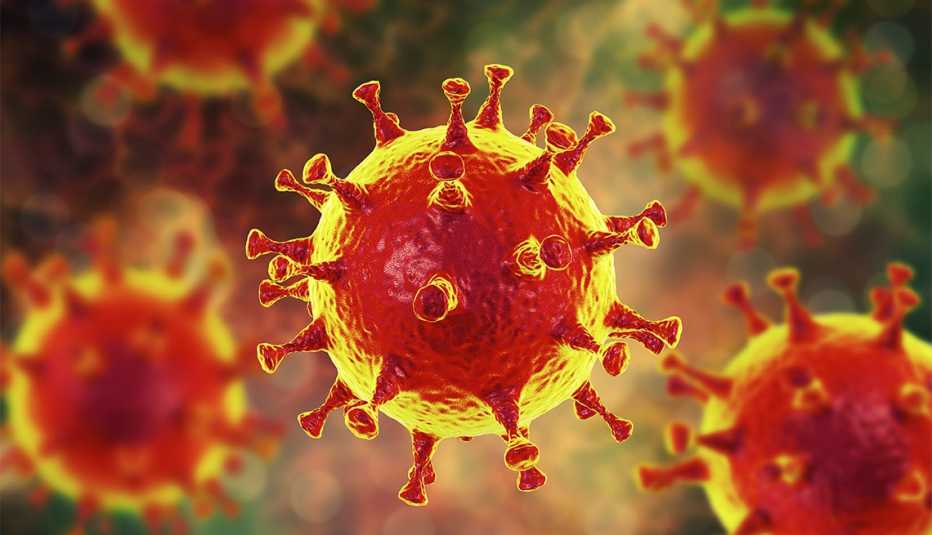AARP Hearing Center
In many cases, the illness starts with a fever. Sometimes a cough accompanies it — maybe shortness of breath. But for people with a mild case of COVID-19, the disease caused by the new coronavirus, that may be the extent of unpleasant symptoms, explains Mike Wadman, an emergency physician and co-medical director of the National Quarantine Unit at the University of Nebraska Medical Center in Omaha. That’s where 15 Americans who were aboard the Diamond Princess cruise ship were treated or observed for the illness when they returned to the United States in late February.
If a mild case of COVID-19 doesn’t sound much different from the cold, flu or any other respiratory illness that circulates seasonally, you’re right.
“There is a lot of overlap,” Wadman says.
Beyond fever and cough — two of the three hallmark signs of COVID-19 — both influenza and the coronavirus share a similar list of possible symptoms, including sore throat, headache, fatigue, muscle or body aches and a runny nose, according to the Centers for Disease Control and Prevention (CDC). People with COVID-19 may also experience nausea or vomiting and diarrhea.
The majority of the time, people sick with these symptoms are able to recover at home without medical care, the CDC says. However, it’s important to call your health care provider for advice. Going into a doctor’s waiting room, urgent care center or emergency room isn’t always the best course of action, since you could infect others or pick up another infection, Wadman says.







































































